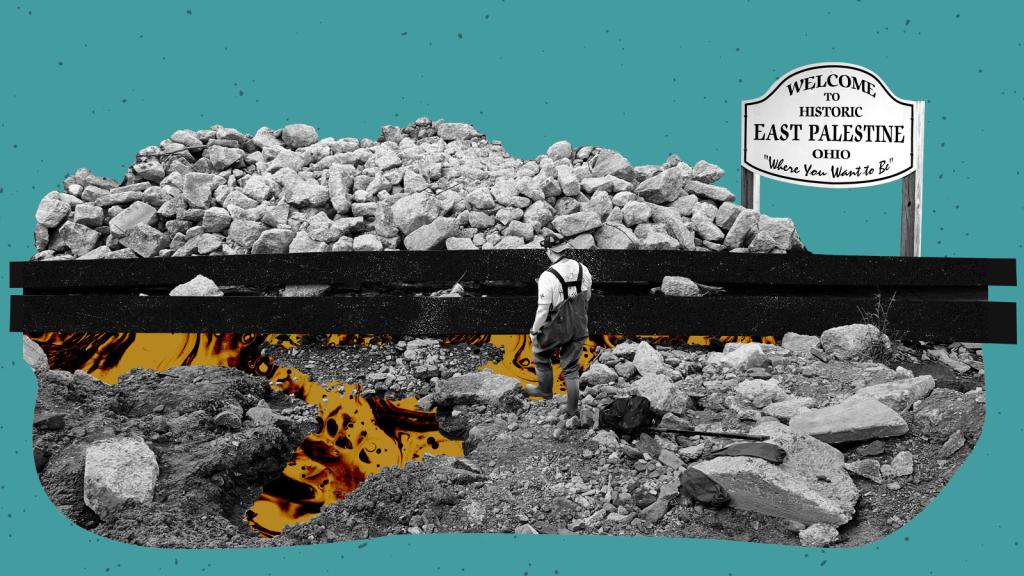In the first scenes that we spend with Whitney Siegel, Emma Stone’s character in The Curse, she is assuring everyone around her that she is a good person. She tells us that she is bringing jobs to a struggling community, personally subsidizing her neighbors’ rising rents, upholding the work of local artists — all in service of a “holistic home philosophy” that surrounds her self-designed and -developed carbon neutral homes.
The insistence is both ominous and unsettlingly familiar. A common critique of the environmentalist is that she is out of touch; she demands too much; she does not understand the day-to-day life and demands of everyday folk. She is an idealist, too concerned with abstract and/or distant concerns — the atmosphere! the deep sea! the future! — and at the same time overly preoccupied with inconsequential and less-than-thrilling things: LED lightbulbs, proper separation of recyclables, low-flow toilets.
Perhaps this description makes you, if you are an environmentalist, uneasy. It’s an unflattering reflection, to be sure — but that discomfort is the... Read more







